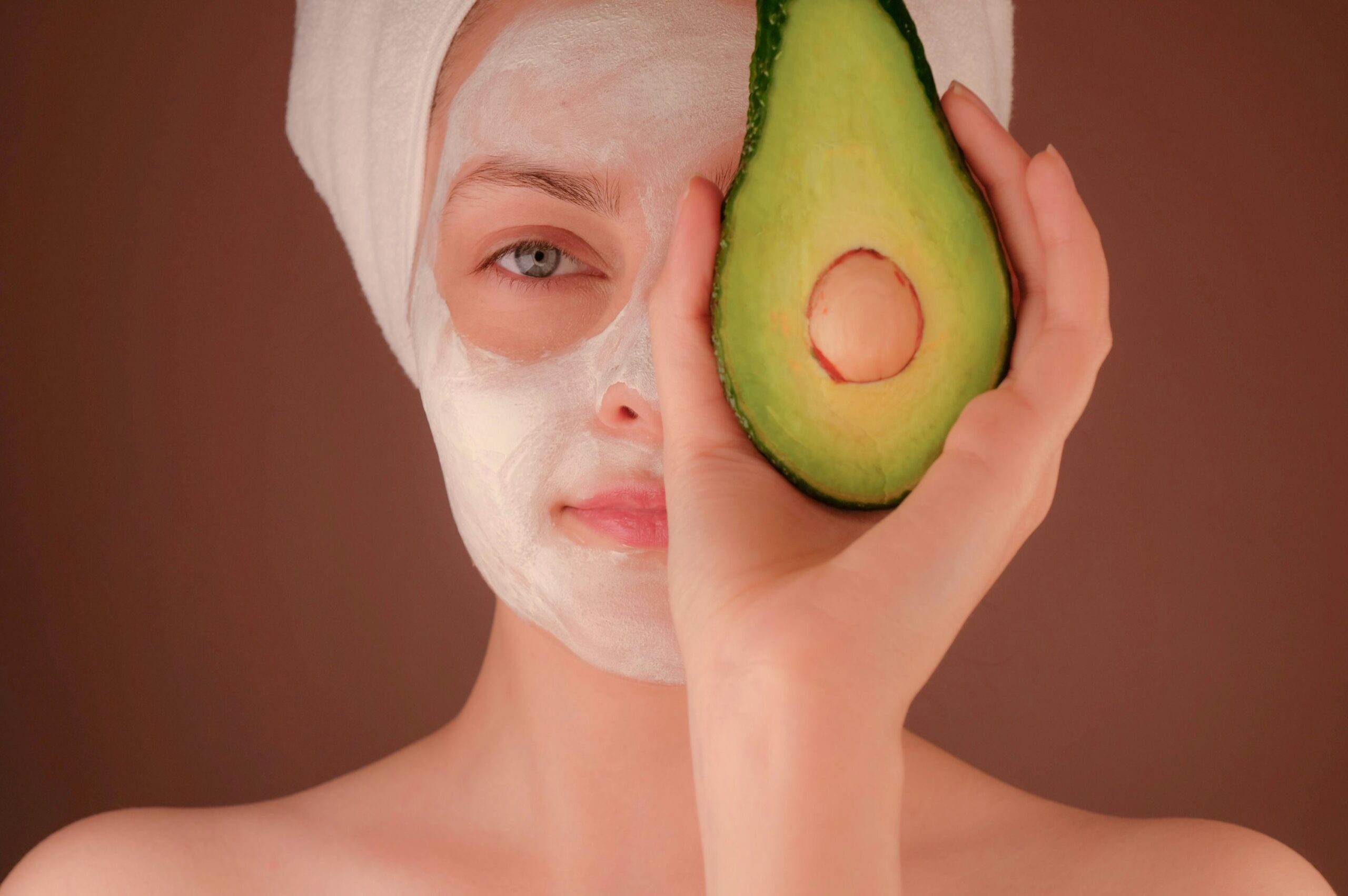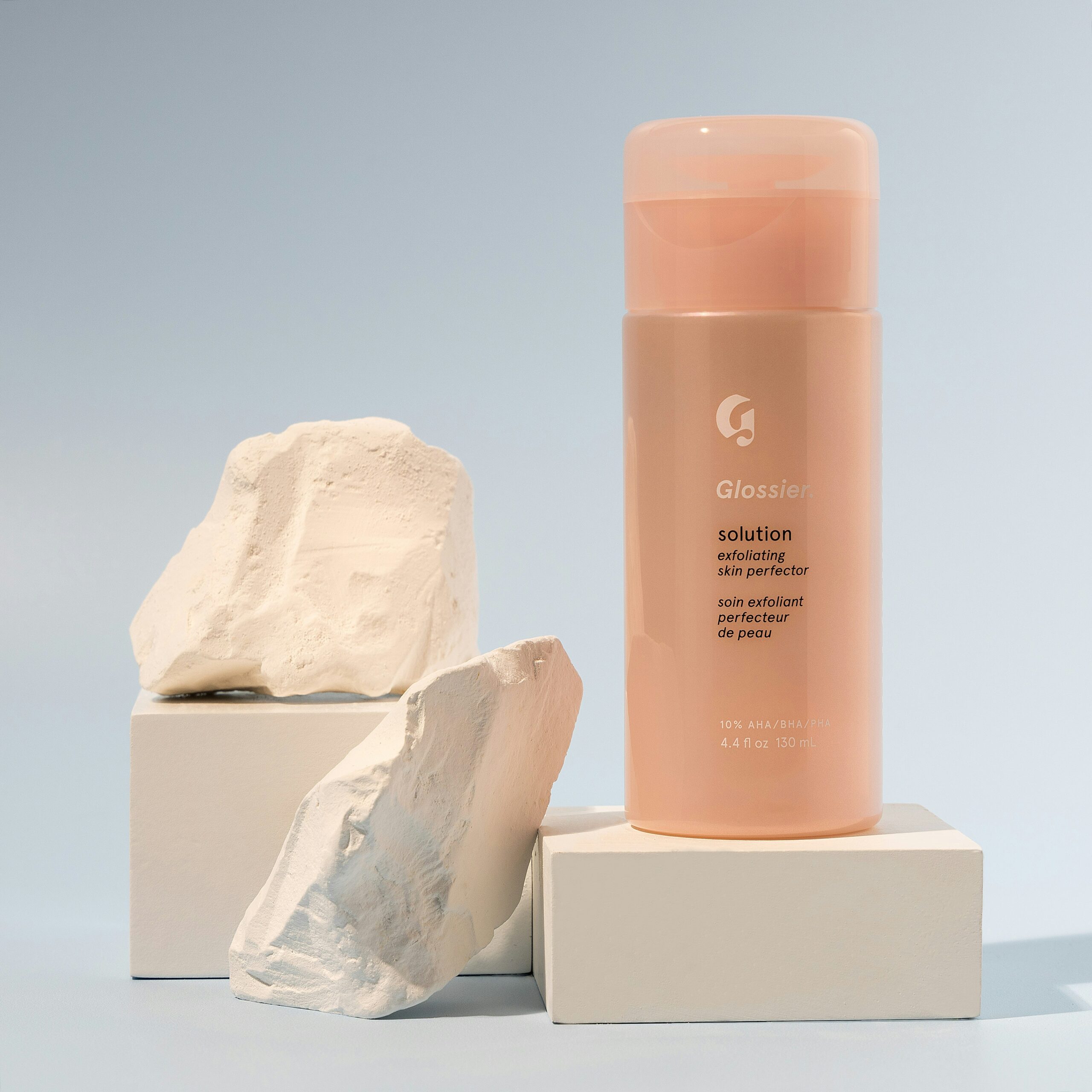
The Rise of Eco-Friendly Beauty: Meeting the Demand for Sustainable Products
Understanding Eco-Friendly Beauty
Eco-friendly beauty products are designed with a focus on sustainability and environmental responsibility. These products utilize natural ingredients that minimize the impact on the environment while also being gentle on the skin. Unlike conventional beauty items, which may contain synthetic chemicals, eco-friendly formulations often incorporate plant-based extracts, essential oils, and organic substances that are safer for both the user and the ecosystem.
Table Of Content
A hallmark of eco-friendly beauty is the commitment to cruelty-free testing methods. This means that brands that adopt eco-friendly practices do not engage in animal testing at any stage of product development. Instead, they rely on alternative testing methods that are both ethical and effective in ensuring product safety. This approach not only aligns with the values of many consumers but also encourages innovation within the industry as brands seek humane alternatives.
Another critical characteristic of sustainable beauty products is their packaging. Eco-friendly brands often prioritize biodegradable materials, reducing plastic waste that contributes significantly to global pollution. Packaging made from recycled materials or that is designed to be refillable or compostable reflects a commitment to environmental stewardship that resonates with eco-conscious consumers.
Moreover, ethical sourcing of ingredients is fundamental to the sustainability of these products. Eco-friendly brands typically engage in practices that ensure the materials used are harvested responsibly, supporting fair trade principles and local communities. This transparency in sourcing not only fosters consumer trust but also highlights the importance of maintaining biodiversity and supporting sustainable agricultural practices.
As the demand for eco-friendly beauty continues to rise, consumers are increasingly searching for brands that align with their values of environmental responsibility. A growing awareness of the impact of personal care products on the planet drives this change, leading consumers to seek out brands that embody transparency, sustainability, and ethics in their practices.
The Growing Demand for Ethical Production
The beauty industry is undergoing a significant transformation as consumers increasingly seek products that not only enhance their appearance but also align with their values. This paradigm shift is largely fueled by a greater awareness of environmental issues and a collective desire for sustainability. As people become more informed about the detrimental impacts of conventional beauty products on the environment, there is a marked rise in demand for eco-friendly alternatives that are produced with minimal environmental impact. Ethical production, therefore, is no longer just a trend but a necessity for many consumers.
One notable factor contributing to this shift is the changing dynamics of consumer behavior. Many individuals today prioritize purchasing products from brands that demonstrate a commitment to ethical sourcing and production practices. This behavior reflects a growing understanding of how cosmetic ingredients can affect not only personal health but also the planet’s ecosystems. Additionally, consumers are increasingly asking questions about where their beauty products come from, sparking dialogue about supply chains and labor practices within the industry.
Social media plays a crucial role in this evolving landscape. Platforms such as Instagram and TikTok serve as powerful tools for spreading awareness about sustainable beauty practices, providing users with information and resources to make informed decisions. Influencers and activists are using their platforms to advocate for transparency and accountability from brands, encouraging a collective movement towards ethical consumption. As a result, companies are feeling the pressure to adapt their production processes to meet these demands. Many brands are now investing in sustainable ingredients, reducing waste, and implementing environmentally responsible practices in their operations.
In conclusion, the growing demand for ethical production within the beauty industry exemplifies a broader societal shift towards sustainability. As consumers continue to prioritize eco-friendly products, brands that embrace these principles are better positioned to succeed in an increasingly competitive market.
Innovative Brands Leading the Eco-Friendly Movement
The beauty industry is witnessing a transformative shift towards sustainability, driven by innovative brands that prioritize eco-friendly products and ethical practices. One remarkable pioneer in this movement is RMS Beauty, which has gained recognition for its commitment to using organic ingredients and minimal processing. RMS Beauty emphasizes the importance of raw, food-grade components while also maintaining the integrity and vibrancy of its products, effectively catering to the growing consumer demand for natural solutions.
Another notable player is Ethique, a New Zealand-based brand that revolutionizes packaging within the beauty sector. Ethique produces solid shampoo and conditioner bars, drastically reducing plastic waste. Their dedication to sustainability extends beyond product formulation; with a mission to eliminate plastic, they ensure that all their packaging is compostable or recyclable, setting a benchmark for how beauty brands can operate responsibly.
Lush Cosmetics is renowned for its fresh, handmade products, and its eco-conscious philosophy is embedded within the brand’s identity. Lush operates a unique in-store program that encourages customers to return empty containers for recycling and offers incentives for those who participate. Their focus on sustainable sourcing of ingredients also emphasizes fair trade practices, ensuring that their supply chain is both ethical and environmentally friendly.
Furthermore, Ilia Beauty is celebrated for its transparent approach to ingredient sourcing and formulation. This brand integrates skincare benefits into its cosmetics while emphasizing clean beauty. By utilizing natural and organic elements, Ilia addresses the consumers’ desire for multi-functional products. Their effective communication around sustainable practices is pivotal in building trust and loyalty among eco-conscious consumers.
These brands exemplify how innovative strategies and a commitment to sustainability can not only drive market differentiation but also resonate with a growing demographic seeking eco-friendly beauty options. Their successful practices showcase the potential for positive change within the beauty industry, inspiring other companies to adopt similar sustainable initiatives.
The Future of Eco-Friendly Beauty Products
The evolution of eco-friendly beauty products is becoming increasingly pivotal as consumers exhibit a growing awareness of sustainability. Market trends strongly indicate that the beauty industry is on the cusp of significant transformation, with advancements likely to shape its future landscape. Key innovations expected to influence the sector include the development of biodegradable materials, which promise to reduce environmental impact drastically. These materials can decompose naturally, providing consumers with effective beauty solutions that do not contribute to long-term waste.
Moreover, the rise of refillable packaging presents another avenue for sustainable beauty. Such packaging not only minimizes waste but also encourages consumers to adopt a more mindful approach to their beauty routines. These refillable systems can foster brand loyalty and enhance customer engagement, as users become part of a more sustainable cycle. Brands that embrace this model may find themselves ahead of the curve, appealing to eco-conscious consumers who prioritize sustainability alongside product performance.
Implementing circular economy practices will further reinforce the shift towards eco-friendly beauty. This encompasses designing products with their end of life in mind, promoting recyclability, and ensuring that materials are reused wherever possible. By innovating their product lines to integrate these practices, brands can resonate deeply with today’s environmentally aware shopper. However, challenges such as sourcing sustainable ingredients, maintaining product efficacy, and managing cost implications can arise. To navigate these hurdles successfully, brands must invest in research and development while also communicating transparently with consumers about their sustainability initiatives.
In conclusion, the future of eco-friendly beauty products appears promising as trends suggest a significant move towards sustainability. By embracing innovative practices and addressing potential challenges, brands can ensure their growth and relevance in an evolving market landscape.






No Comment! Be the first one.